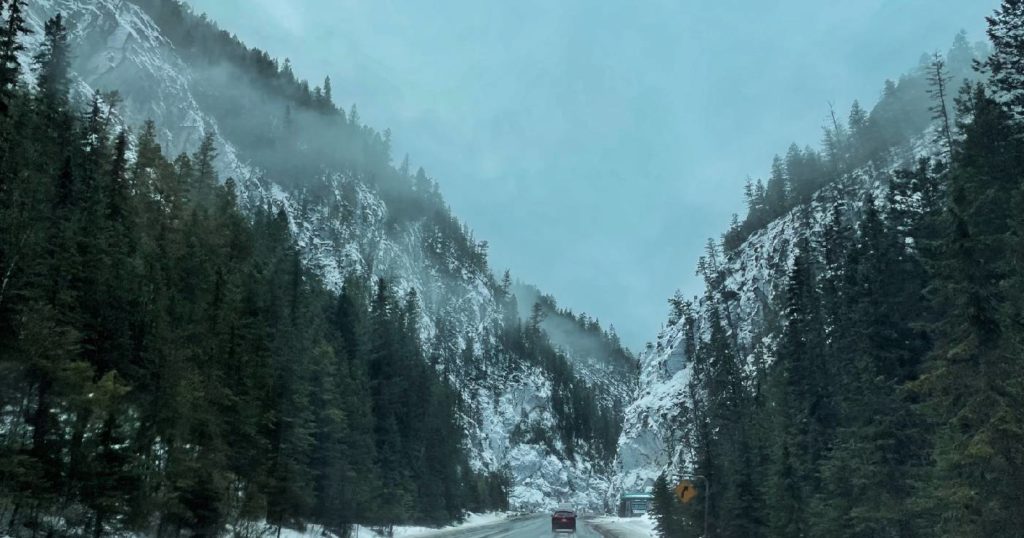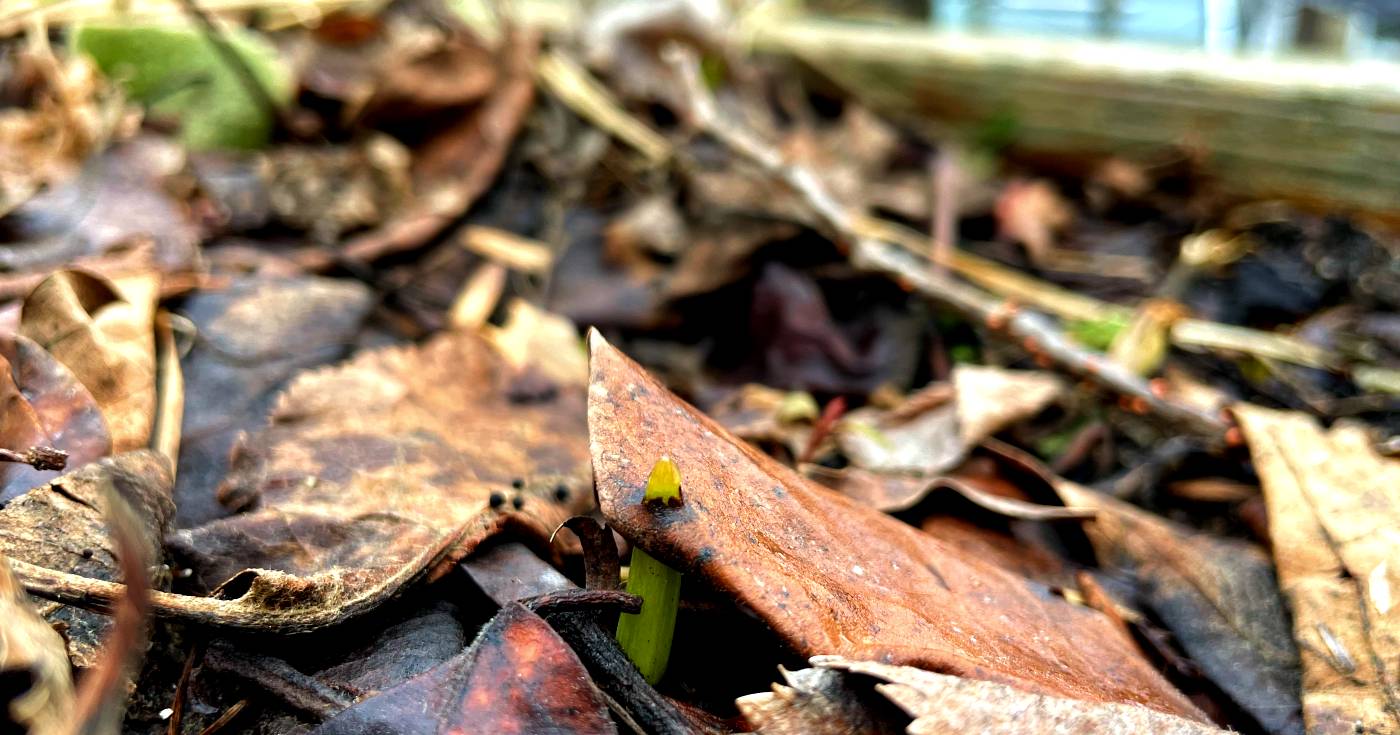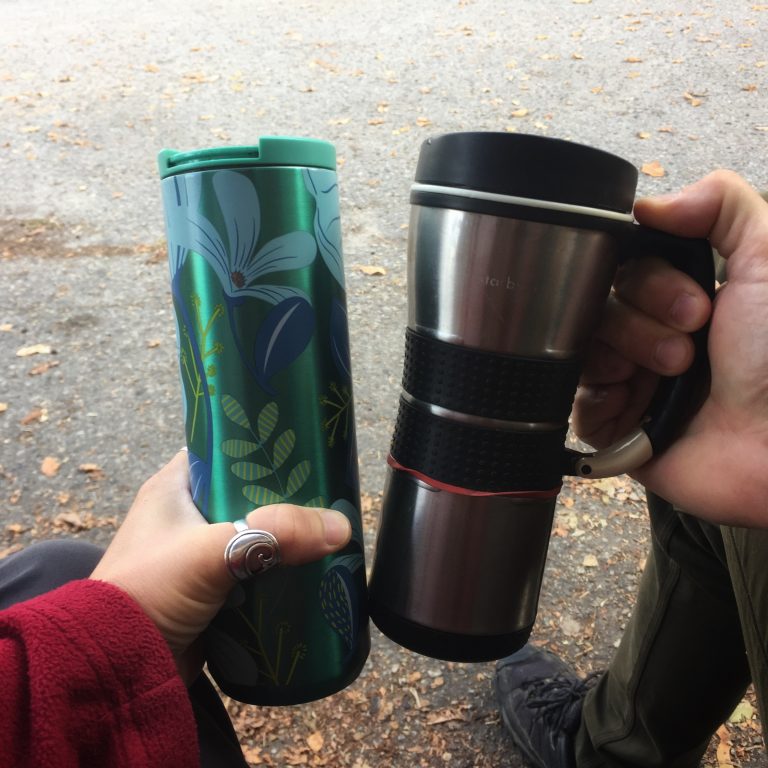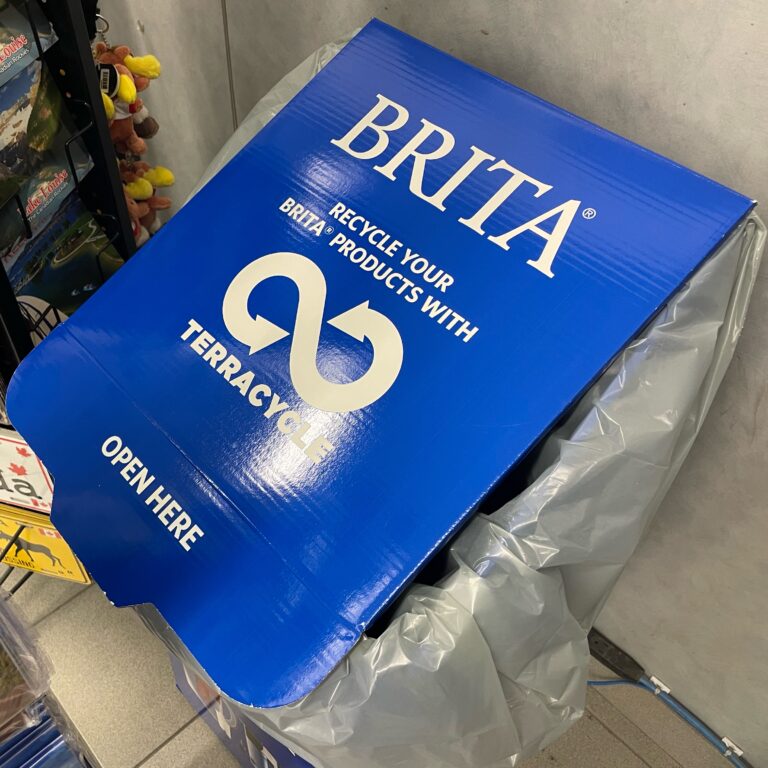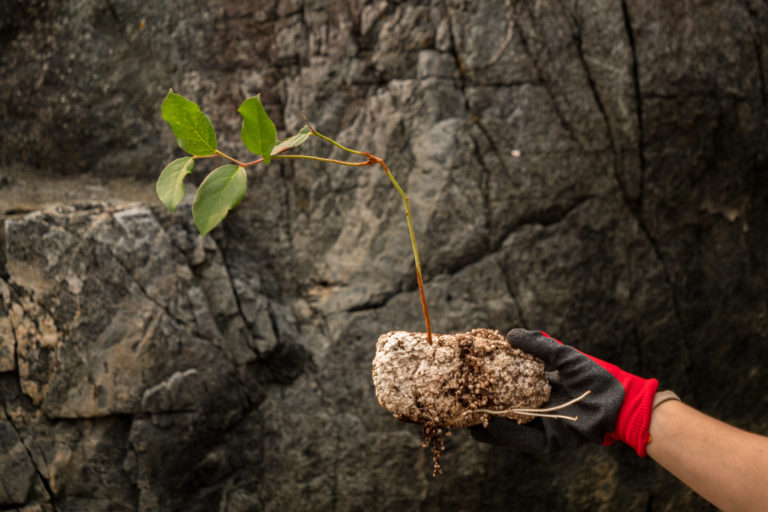Four Planet-Saving Wins on the High-Seas and Your Plate
Hello friends! We’re back with some Wednesday Wins, coming piping hot and fresh just in time to accompany your morning sip of coffee (or tea). As usual, we’re talking about all things planet-saving and planet-improving: this time on the high seas, in the fields, and on your plate!
I don’t know about you, but the winter doldrums are hitting me something hard. Here in my corner of BC, it’s predictably cold. But in the last weeks, we experienced some beautiful (but highly unseasonable) warm days! It was exciting! Even my garlic came out to say hello (and pierced through a layer of leaves, can you believe it?!) Annddd then the temps plummeted and we’re back to drab, cold, winter. Ugh. I’m ready for spring and for growing things!
Anyway, all that to say, I could use a good news story or two! And maybe you could, too. So without further ado, let’s get to it.
Sensors & Sails
I love learning about how scientists study the oceans. It is endlessly fascinating, mostly because our oceans are so big and yet, here we are, with all kinds of data. How is this possible? Well, through a number of predictable mechanisms like physically going out to sea and doing some research. But that’s pricey, emissions-heavy, and takes a lot of time. More recently, scientists have started putting satellites into space or deploying robots into the ocean (no joke). These mechanisms allow researchers to study the ocean at a fraction of the cost and in a more timely manner.
One such robot is a float called Argo, part of the Argo Program. The Argo float bobs around the ocean, drifting with the currents and plunging up and down the water column to collect information like water temperature and salinity. This info is beamed up to a satellite where it’s then transmitted to researchers for use in climate science research.
Connecting our oceans
The best part is that these floats are deployed all over the world’s oceans, and they’re deployed by a myriad of entities, from big research establishments to smaller groups and individuals. I know this because I helped deploy one while at sea in 2008! It felt so cool to add a node to this huge network and know that it would be collecting valuable data for all its live-long life.
So when I caught this headline on the CBC, it made my head turn!
“How a sailboat helped Canada drop ocean sensors in the remote south Atlantic to study climate change”
paul withers, CBC
Here was another sailboat doing the very same thing! Only this time, in the Atlantic. Even more amazing: the ship is privately owned! It’s not a big research vessel. Canada, the US, and Europe all chipped in, providing floats for it to deploy. Like I said, the coolest thing about this program is how it engages with so many different types of entities. The researchers benefit but are helped by those in other sectors. Truly citizen science!
If you’d like to see all of the current Argo floats in the ocean, check out this wicked data visualization tool.
Sailing & Cleaning & Making Change
There’s been a lot of buzz on the Twittersphere recently about The Ocean Cleanup Project. You remember this group, right? They come in and out of public awareness every couple of months and what feels like the entire marine community gets all frustrated all over again. Sigh. From the beginning, this Project has never appeared to be a truly viable solution to the plastic pollution crisis. It purports to be cleaning up the oceans of all our plastic with all kinds of whacky mechanisms. Most of them are not practical or realistic.
Anyway, here they are, 10 years later, still spending millions of dollars to pull trash out of our seas. Recently, they posted an updated video of one of their hauls coming on board their vessel and Twitter exploded. Scientists wondered if the event was staged, can you believe it!! And as unbelievable as it sounds, the reason that was given? The plastic was too clean!
Of course, upon further investigation, this is actually a legitimate thing – plastic that’s been swirling out in the middle of the ocean for an extended period of time usually starts to collect little marine creatures on its surface: things like bryozoans or gooseneck barnacles. If the plastic is too clean, people get suspicious: where did it come from? Did the Ocean Cleanup group cherry-pick their plastic?
Anyway, it’s a bit of a drama circus but I invite and welcome you to read about it via two very well-researched Twitter threads:
Sailing for solutions
What I really want to highlight is a point Rebecca made in one of her threads. That point is that there are so many other groups doing this same work, better and at far less cost. One such group is the Ocean Voyages Institute and they’re collecting plastic from the oceans UNDER SAIL. Talk about a climate-positive solution! After just 48 days at sea, the group managed to clean up over 100 tons of plastic from the North Pacific Subtropical Gyre (aka the “garbage patch”). What!!
It gets better!! Not only are they cleaning up plastic from the open ocean, but they’re also connecting with others who are already out on the ocean, to help find the plastics in the first place. If a ship happens to pass by a ghost net, they can report it and the group will come by later to pick it up. I mean…come on. That’s innovative!
The point I want to make here is that while shiny, expensive, tech-y solutions can be exciting and novel…sometimes it’s the simpler path that really makes an impact. Go sailboats! Go citizen science!
Tackling Food Waste
Food waste is a big problem basically everywhere where there is food. There is great irony in this to me, given that starvation exists but so does industrial agriculture. Something is seriously wrong with the system if there is also food being wasted. Ugh.
Which is why headlines like this make me perk up:
“U of Sask., City of Saskatoon collaborate on food waste reduction research”
Ethan Williams, CBC
The University of Saskatchewan conducted a research study in Saskatoon to understand how much food was being wasted in the industrial and commercial sectors and what to do about it. Upwards of 13,000 tons of edible food goes to waste in the city, food that could be saved and fed to those who need it.
Social enterprise solutions for all
Here’s where it gets interesting. The researchers heard from those in the industry that reducing food waste was difficult, expensive and that there were no incentives to do so. (If this sounds familiar it’s because it’s the same set of excuses we hear about recycling, particularly at the industrial or commercial level.)
So what to do about all this wasted food? Well, the key recommendation was to establish a social enterprise tasked with transforming this food into edible products that could be sold through retail or restaurant outlets. It’s a great idea.
In this way, the businesses don’t have to stress about what to do with their unused food. The social enterprise would handle all the logistics. The transformation of food would create jobs to cook, process, and package the food; and it would be an income-generating venture. What’s not to love?
This isn’t a new idea: social enterprises geared towards tackling food waste are popping up all over the world!
Speaking of solutions…
Here’s one for you: Trendi! Part tech company, part game, and part food rescuer, this platform tackles food waste head-on through creative messaging, games and pledges. They also offer multiple solutions for businesses to upcycle food waste into valuable products!
I took the pledge recently – it was fun, easy, and quick! In our house, almost no food ends up in our garbage. Instead, we backyard compost or we feed scraps to our small flock of chickens. But there is always room for improvement! For instance, I usually get lazy with my veggie scraps and compost bits and bobs: instead, I could save them for soup stock later.
To learn more about Trendi or to access a trove of resources, click here.
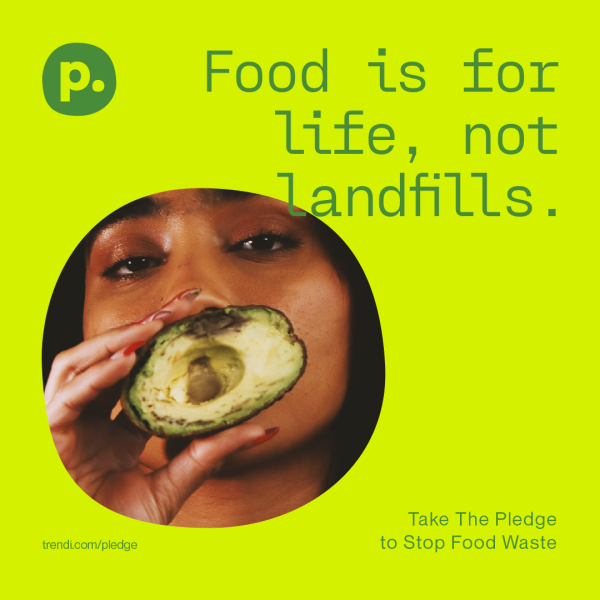
Tackling Weeds Across the Corn Belt
Recently, I’ve read several books about food production that suggest we were handed a lie with industrial agriculture. Much like the myth of recycling, large-scale farming has been touted as a method of “feeding the world” when in actual practice, it can be really destructive to the environment and the people who farm these massive fields. It turns out that small-scale, regenerative agriculture is actually more sustainable and has the potential to really feed the world. I know, it sounds bananas.
You might say I’m not a super-fan of industrial agriculture.
Probably years ago I would have railed against industrial ag and decried anyone who touched it with a 10-foot pole. Now? Now I’ve softened because I realize the issue is complex and nuanced. The people farming in this way are not villains. They are just doing their best. And they’re regular people just like you and me. In college, one of my best friends and roommate’s parents was a large-scale farmer of corn and soybeans. They weren’t demons, in fact, they were some of the nicest people I’ve ever had the privilege of meeting.
This headline, then, gave me pause.
Hybrid Rye is Helping Farmers Fight ‘Superweeds’ Without Herbicide
Brian Devore, Civil Eats
Bridging the gap
The truth is, we have to live with all of these decisions about food production that we’ve made over the years. And as we work to transition away from the big-ness of industrial agriculture (which is probably necessary if we don’t want to kill the planet) we need solutions that bridge the gap.
Hybrid rye seeds that combat weed growth without chemicals are an excellent solution if you ask me.
The best part about this story is that it’s not just about replacing one seed for another. The focus is on how researchers and farmers are turning to ecological approaches for answers and help. Rather than following the typical corn-soybean rotation that is ever-present in midwestern fields, they’re asking: what if we broke the cycle?
“Liebman says fighting such a superweed requires an ecological approach—utilizing a crop that doesn’t fit into the typical plant-in-spring, harvest-in-fall cycle.”
Planet-saving = slow and steady
In our quest for a more sustainable planet, change doesn’t happen overnight. Think about your own life: you can’t change a habit or a practice or a way of being from one day to the next. Or, think about the garlic in the feature image for this post – it has been toiling away all winter to muster up the energy to come up for air…and one tiny green shoot punched a hole in my leaf mulch. Holy moly! In order to make change truly sustainable, we must take a measured approach. This is a bit of a hard pill for me to swallow, as an eager environmentalist, but I’m getting there. Slow and steady wins the race.
What about you? What do you think about these wins? I’d love to hear your thoughts in the comments below. And as always, if you’ve found a winning story for our planet that you’d like to share, please do let me know! I’m all about elevating the GOOD around here. See you next time!
